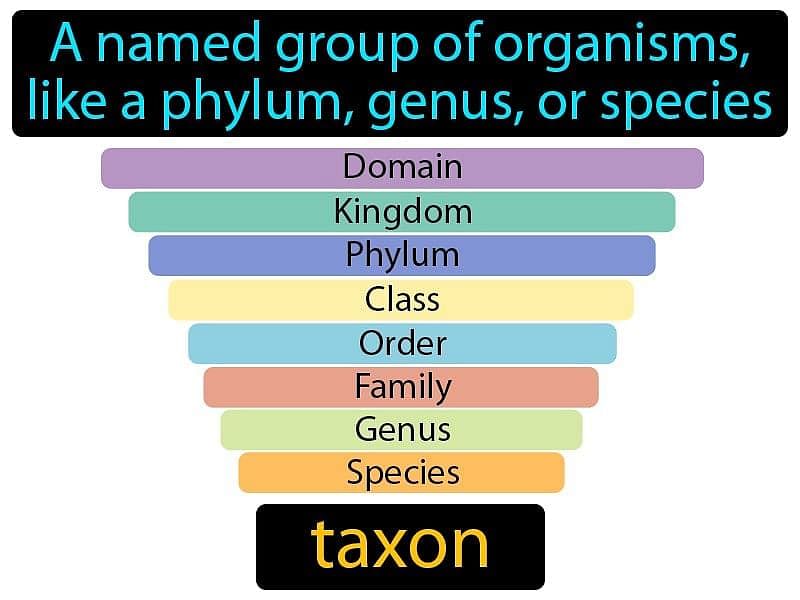NEET Exam > NEET Tests > Biology Class 11 > Test: Diversity in the Living World - NEET MCQ
Test: Diversity in the Living World - NEET MCQ
Test Description
15 Questions MCQ Test Biology Class 11 - Test: Diversity in the Living World
Test: Diversity in the Living World for NEET 2024 is part of Biology Class 11 preparation. The Test: Diversity in the Living World questions and answers have been
prepared according to the NEET exam syllabus.The Test: Diversity in the Living World MCQs are made for NEET 2024 Exam. Find important
definitions, questions, notes, meanings, examples, exercises, MCQs and online tests for Test: Diversity in the Living World below.
Solutions of Test: Diversity in the Living World questions in English are available as part of our Biology Class 11 for NEET & Test: Diversity in the Living World solutions in
Hindi for Biology Class 11 course. Download more important topics, notes, lectures and mock
test series for NEET Exam by signing up for free. Attempt Test: Diversity in the Living World | 15 questions in 15 minutes | Mock test for NEET preparation | Free important questions MCQ to study Biology Class 11 for NEET Exam | Download free PDF with solutions
Test: Diversity in the Living World - Question 1
Binomial nomenclature consists of two names. These are:
Detailed Solution for Test: Diversity in the Living World - Question 1
Test: Diversity in the Living World - Question 2
For wheat, which of the following combinations is correct?
Detailed Solution for Test: Diversity in the Living World - Question 2
| 1 Crore+ students have signed up on EduRev. Have you? Download the App |
Test: Diversity in the Living World - Question 3
Why is taxonomy important in agriculture and forestry?
Detailed Solution for Test: Diversity in the Living World - Question 3
Test: Diversity in the Living World - Question 4
Which among the following is not a code of nomenclature for organisms?
Detailed Solution for Test: Diversity in the Living World - Question 4
Detailed Solution for Test: Diversity in the Living World - Question 5
Detailed Solution for Test: Diversity in the Living World - Question 6
Detailed Solution for Test: Diversity in the Living World - Question 7
Test: Diversity in the Living World - Question 8
The biologist who has been called the ‘Darwin of the 20th century’ is:
Detailed Solution for Test: Diversity in the Living World - Question 8
Detailed Solution for Test: Diversity in the Living World - Question 9
Test: Diversity in the Living World - Question 10
A group of interbreeding organisms is called:
Detailed Solution for Test: Diversity in the Living World - Question 10
Detailed Solution for Test: Diversity in the Living World - Question 11
Test: Diversity in the Living World - Question 12
What does the naming system used by biologists to provide scientific names to known organisms involve?
Detailed Solution for Test: Diversity in the Living World - Question 12
Test: Diversity in the Living World - Question 13
What does the term "taxonomic category" refer to within the context of classification processes?
Detailed Solution for Test: Diversity in the Living World - Question 13
Test: Diversity in the Living World - Question 14
What is the significance of taxonomic categories and hierarchy in biology?
Detailed Solution for Test: Diversity in the Living World - Question 14
Test: Diversity in the Living World - Question 15
How do taxonomical studies contribute to the classification of organisms into various categories?
Detailed Solution for Test: Diversity in the Living World - Question 15
|
182 videos|367 docs|152 tests
|
Information about Test: Diversity in the Living World Page
In this test you can find the Exam questions for Test: Diversity in the Living World solved & explained in the simplest way possible.
Besides giving Questions and answers for Test: Diversity in the Living World, EduRev gives you an ample number of Online tests for practice




















